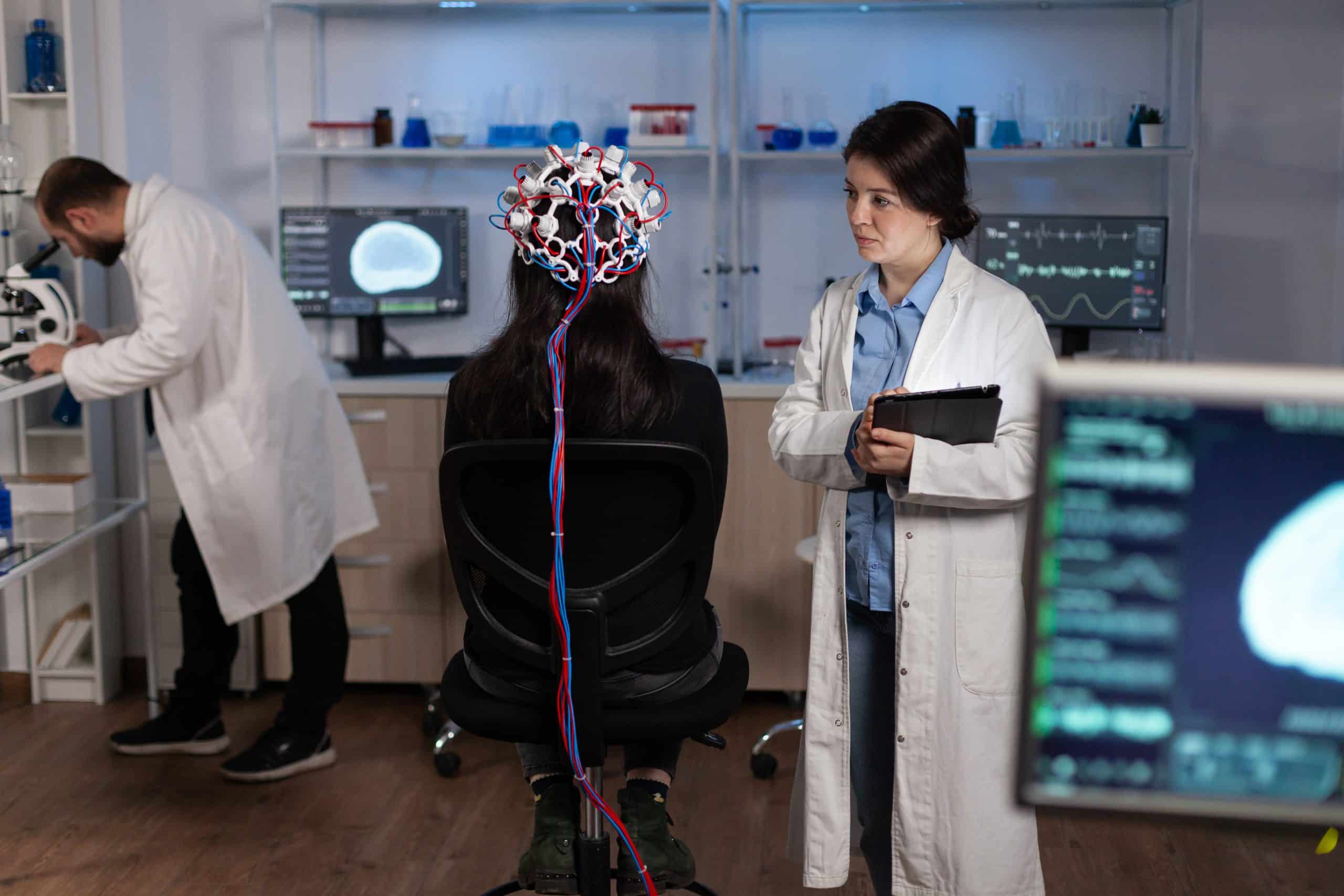How Are Smart Contact Lenses Evolving to Monitor Glucose Levels in Diabetics?

Diabetes is a growing health concern worldwide, with millions of individuals grappling with the need to monitor their blood glucose levels diligently. A shift in technology dynamics has seen the inception of smart contact lenses – an innovative solution that could revolutionize the way individuals manage diabetes. This article will delve into how these smart lenses work, their features, and the potential they hold for the future of health technology.
The Science Behind Glucose Monitoring Contact Lenses
Smart contact lenses are no ordinary lenses. They are embedded with tiny, sophisticated sensors that monitor the glucose levels in tears. This technology utilizes the biochemical properties of tears as they contain a small amount of glucose, which is directly correlated with blood glucose levels.
In parallel : How Is Augmented Reality Transforming Training in UK’s Emergency Services?
Google is at the forefront of research and development in this field, with its health technology division, Verily, pioneering the use of these smart lenses. The company has developed a wireless chip and miniaturized glucose sensor embedded into soft, biocompatible materials that can comfortably fit the eye. They are designed to be worn like traditional contact lenses, making them unobtrusive and easy to use.
The sensor, powered by a microscopic antenna, measures glucose levels in tears and relays the data wirelessly to a smartphone app. This real-time biofeedback is invaluable in helping individuals manage their diabetes more effectively.
Also to discover : How Are Machine Learning Algorithms Enhancing UK’s Energy Trading Platforms?
The Role of Google in Advancing Smart Lens Technology
Google’s smart lens project, initiated in 2014, has been a groundbreaking venture in the realm of health technology. By embedding wireless technology into a soft contact lens, Google has heralded a new era of non-invasive, sensor-based glucose monitoring.
Their lenses function by collecting a reading once per second. This constant monitoring allows for more precise control of glucose levels, aiding in preventing the dangerous highs and lows that can occur with diabetes. It is a testament to how technology can transform the approach to health management.
While the lenses are still under testing and development, they have the potential to make glucose monitoring more convenient, less painful, and more accurate. If successful, this technology will increase the quality of life for millions of individuals living with diabetes.
Potential Challenges and Future Prospects
As promising as this technology seems, there are hurdles to its widespread implementation. One of the most significant challenges lies in ensuring the accurate correlation of glucose levels in tears to those in the blood. Additionally, potential issues such as eye irritation or vision impairment due to the embedded sensors need to be thoroughly addressed.
Nevertheless, the smart lens technology holds immense potential for the future. Beyond glucose monitoring, researchers envision lenses capable of delivering medications or even functioning as augmented reality interfaces. This could open up new avenues in the field of digital health and wearable technology.
The Promise of Non-Invasive Glucose Monitoring
The traditional approach to monitoring glucose levels requires frequent blood tests, which can be painful and inconvenient. The advent of non-invasive monitoring systems like smart contact lenses brings hope for a future where managing diabetes is less intrusive and more comfortable.
The concept of a lens-based sensor that can monitor glucose levels continuously throughout the day could drastically change the lives of people with diabetes. It can provide them with real-time information about their glucose levels, allowing for immediate adjustments in insulin or diet, leading to better overall health management.
The Impact on Healthcare and Beyond
The impact of smart contact lenses could stretch far beyond individual health management. From a healthcare perspective, they could drastically reduce the costs associated with managing diabetes, including fewer hospital visits and lower medication needs.
Furthermore, they could influence behavioural changes in patients, encouraging them to take more proactive steps in managing their diabetes, given the ease and accessibility of the technology.
This blend of healthcare and technology exemplifies the future of medicine – a future that is personalized, efficient, and empowering for patients. While there’s still a long journey ahead, the evolution of smart contact lenses for monitoring glucose levels stands as a promising beacon in the landscape of healthcare innovation.
Improvements in the Accuracy and Usability of Smart Contact Lenses
The accuracy of the glucose sensor in smart contact lenses is critical to their effectiveness. Research has shown that the glucose levels in tears can fluctuate widely and may not always accurately reflect blood glucose levels. Therefore, improving the accuracy of the lens sensor in detecting glucose concentrations in tear fluid is a key focus in the ongoing development of these devices.
In recent years, there have been significant improvements in the sensor technology used in smart contact lenses. Most notably, advancements have allowed for real-time glucose level monitoring, which is essential for people with diabetes. The ability to continuously monitor glucose levels without the need for blood tests is a significant advantage of this technology.
Ease of use is another crucial aspect of smart contact lenses. For them to be adopted widely, they need to be as comfortable and straightforward to use as regular contact lenses. The need for high oxygen permeability, biocompatibility with the eye structure, and the ability to function in various lighting and temperature conditions are all considerations in the design and development of these lenses.
In an effort to improve usability, certain models now feature wireless charging capabilities. This allows the lenses to be used continuously without the need for frequent removal and recharging, making them much more convenient for the wearer.
Conclusion: The Future of Diabetes Management
The smart contact lens is not just a glimpse into the future of diabetes management; it is an active part of the ongoing evolution in healthcare technology. Despite the challenges faced in its development, the lens provides a clear vision for a future where managing diabetes is not just about regular blood tests and insulin injections.
It is about using innovative technology to provide real-time, accurate, and non-invasive glucose monitoring. It’s about integrating healthcare into everyday life seamlessly, making it less of a burden for individuals living with diabetes.
Moreover, the technology could have implications beyond diabetes management. The capacity for these lenses to potentially deliver medication or even function as an augmented reality interface represents a significant leap forward in medical technology.
Ultimately, the evolution of the smart contact lens is a testament to the power of innovation to transform lives. As technology continues to advance, there’s no telling what the future might hold for those affected by diabetes. The future looks bright, and it’s clear that the smart contact lens will play a significant role in that vision.
